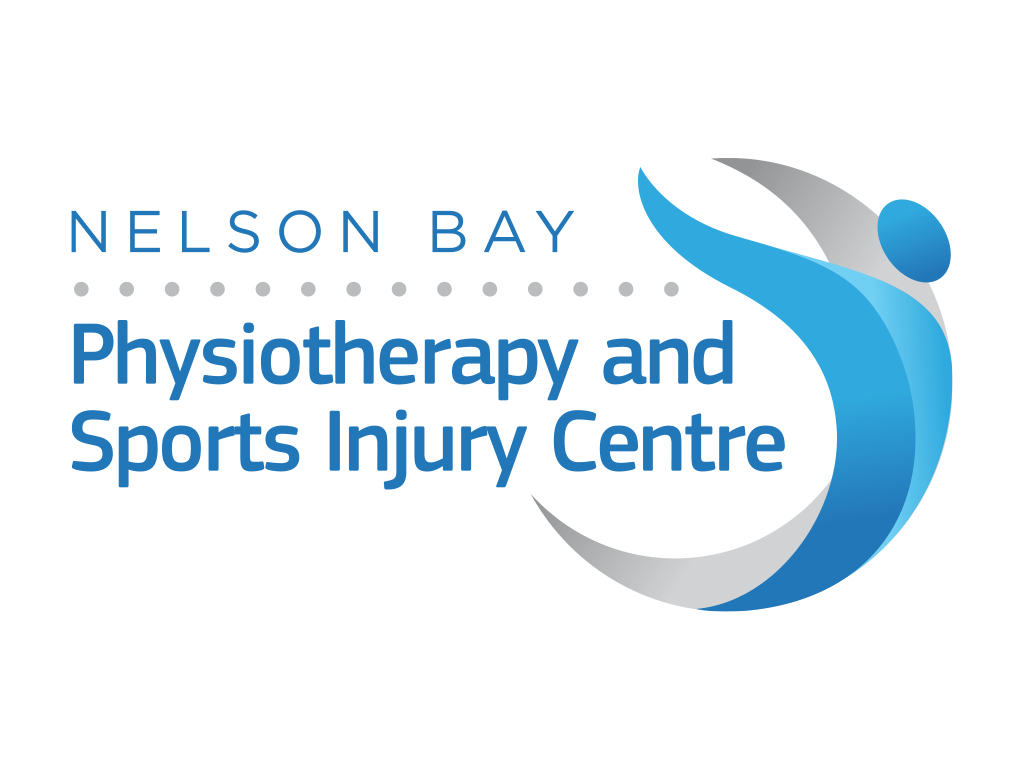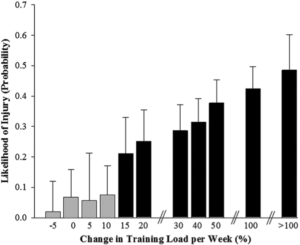Running Injuries and Gait Analysis
August 09, 2017

Running is a popular fitness choice for many Port Stephens residents. It is inexpensive and requires minimal equipment and allows us to take advantage of some of our beautiful natural surrounds.
However, research suggests that between 30% and 80% of recreational runners sustain a running-related injury at some point in their training. These injuries can cause disruption to training and prevent participation in events.
Risk factors for running injuries:
Having a previous running-related injury
This is a risk factor for further injury for two reasons. Firstly, the ‘new’ injury may be an exacerbation of an old injury that was not completely recovered, or secondly, a new injury may be caused by runners changing their running pattern (gait) to protect an older injury and therefore cause a new problem.
High amount of training per week
Higher volumes of running per week are associated with an increased risk of injury due to the heavier load on joints and tissues.
‘Too much too soon’
If we gradually increase the distances that we run, our muscle, tendon, and bone cells can respond to this increased workload and increase their ‘strength’ and endurance. However, if we increase this workload too quickly, these structures can start to break down. The chart below shows the increased injury risk associated with higher rates of increased training load per week. Note that if a runner tries to double their training load each week they put themselves at a 50% chance of creating an injury!

Speed training and hills
Incorporating speed training and hill runs into training too soon or too quickly also increases the stress on our joints and soft tissue making them more prone to injury. Speed work and sprinting tends to place the runner into more of a tip-toed running gait, increasing the strain on their calf and other muscles. Hill running does a similar thing by forcing us to propel ourselves upwards, using greater amounts of force.
Gait Analysis
Gait analysis can be used to assess gait abnormalities that lead to injury.
One of our highly trained physiotherapists will be able to identify abnormalities in your gait simply by watching you run on our treadmill. Video can be used to slow down your running action for both assessment and correction purposes.
Running gait analysis can show us the following variables:
- Cadence (step rate): This is how many steps a runner takes per minute. A lower step rate per minute has been shown to increase the load or impact through your joints when running.
- Crossover gait: runners who tend to have a narrow step width and cross their feet over their midline have an increased risk of ITB problems and shin splints (see injuries below).
- Alignment: this may be an excess of rotation of the runner’s hips or shoulders, or a lot of side-to-side (lateral) motion of the hips. This can be suggestive of poorer core control in running.
- Arm swing and knee lift: variations of these can make us more or less effective in our running.
- Stride length/foot landing: the drawing below shows the three variations in how runners land on their foot during running. A rear-foot strike has us landing on our heel, a forefoot strike has us more on our toes, and mid-foot strike is landing more on the middle of our foot. The different striking positions are associated with different injuries, and the perfect landing position is individual to each runner.

- Posture/hip position: it is important to align our posture in running before trying to change other elements of our gait.
Common Injuries We See:
Approximately 50% of injuries we see in runners are knee injuries. Some examples are:
- Patellofemoral pain: pain in the front of the knee and associated with the quadriceps and ITB.
- ITB friction syndrome: friction of the iliotibial band on the outer side of the knee.
Other common running injuries include:
- Achilles tendinopathy: damage to the Achilles tendon at the rear of the ankle.
- plantar fasciopathy: pain in the arch of the foot, often associated with calf problems.
- Shin splints (medial tibial stress syndrome): pain in the front of the shins, also associated with calf issues.
- Stress fractures: can be in any loaded bone but often in the foot. Usually associated with the ‘too much too soon’ concept.
- Ankle sprains
- Muscle strains or tears
Early signs of an injury
- Joint pain
- tender to touch
- swelling
- Reduced ROM
- weakness
Prevention
- Identification of modifiable risk factors .eg with a running gait analysis, can allow us to help you change elements of your gait or running style to decrease the load on certain muscles or joints and make you more efficient.
Solutions
- gait analysis to assess and correct running gait anomalies
- Manual (hands-on) therapy.
- Strengthening exercises tailored to the findings of your gait analysis. Your physiotherapist may diagnose a weakness in particular muscles which is causing you to fall into the poor gait patterns described above. Specific and targeted strengthening exercises will help you combat this problem.
- modifying your footwear to suit you. Your physiotherapist can recommend the best running footwear for your foot shape, running mechanics and training load. Footwear ranges from minimalist, meaning there is minimal material beneath your foot and no change in elevation between your heel and toes, to full support which has up to an 8mm variation in the sole from heel to toe and offers a lot more cushioning.
- Orthotics prescription. Some people who are found to over-pronate in their gait (ie. their foot rolls in and arch flattens) may benefit from the fitting of orthotics to suit their feet. The orthotics can help support these runner’s feet and assist in properly aligning their lower limbs in their running gait.
Written by: Laura Black
